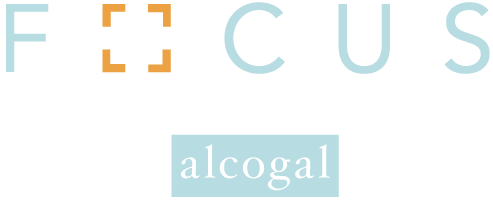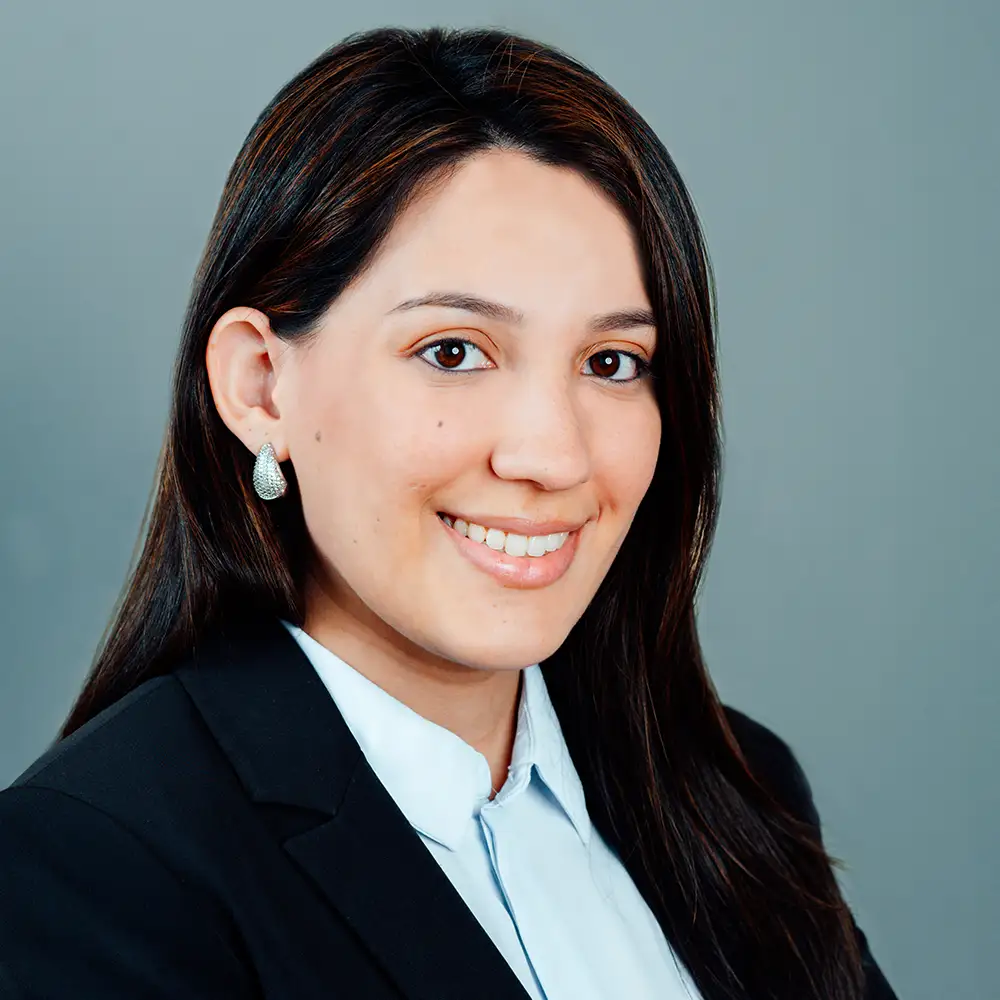One of the most important and sometimes most overlooked elements of the legal framework governing trusts is the asset separation it creates. This is a structural principle: the assets of the trust are not part of the trustee’s estate. It may seem obvious, but in practice, it is not always correctly understood. That is why it is worth pausing to reflect on how the court, in this particular case, firmly upheld the dividing line between the trust assets and the trustee’s personal estate.
The ruling by the Plenary of the Supreme Court of Justice in deciding an appeal in a constitutional protection case not only denied the existence of a constitutional violation but also implicitly confirmed a correct and technically sound interpretation of the concept of separate patrimony. Indeed, the circuit court, whose actions were challenged, clearly distinguished between the trustee as a legal entity and the assets under its administration as trustee.
This nuance is fundamental to avoid distortions. The trustee does not own the trust assets, does not respond with its own funds to meet the trust’s obligations, and cannot dispose of those assets as if they were its own. Conversely, the trustee’s personal creditors cannot pursue the trust assets. This separation is not just a formality; it is a functional guarantee for all parties involved.
What the lower court understood and the Plenary confirmed was that the conflict being raised through the constitutional protection was not attributable to an act of public authority but rather to a dispute over who legitimately represented the trust. At no time was the trustee’s act confused with its act, nor was the trustee treated as an interested party in its own right. That distinction is much more important than it may appear.
When this asset separation is blurred, conceptual errors occur that can have serious consequences. The trustee’s role is distorted, beneficiaries’ rights are undermined, and the stability of the structure itself is compromised.
Structurally, the trust establishes a triangular relationship among the settlor, trustee, and beneficiaries. But the most delicate legal relationship revolves around the assets. The trustee administers them but does not own them or record them in its accounts as its own property. This is the logic of asset separation, and its recognition has been one of the significant contributions of modern trust law.
In this specific case, the issue at hand was the exercise of powers within the trust. But at no point did the court treat the trustee as if it were acting in its own name. On the contrary, the court maintained the necessary legal precision to assign each party its corresponding role without confusing the channel of administration with the economic owner or with the party personally responsible.
For those of us who work with trusts, this separation is not just doctrine. It has clear, practical consequences: separate accounting, trust-exclusive bank accounts, differentiated rules of liability, and even a particular evidentiary regime. A poorly handled trust in this respect can end up being ineffective or, worse, vulnerable to third parties.
That is why it is so relevant that the lower court and later the Plenary maintained the dividing line without ambiguity. They understood that what was being debated was an internal trust matter, not an act personally affecting the trustee. And therefore, no act of authority could give rise to constitutional protection.
This type of jurisprudential decision highlights the importance of trust as a key instrument. It confirms that, when applied with technical rigor and respecting its legal design, it can withstand internal tensions without requiring constitutional intervention or procedural collapse. And this, in an era where increasing clarity of assets and legal transparency are demanded, is a guarantee for all involved.
It also forces us to reflect on how we convey this to clients. Many still see the trust as a black box or as an instrument that “works as long as there are no problems.” However, when problems arise, the trust can only function as a shield and not a target if its structure is legally well-designed and its operations are well-executed.
Analysis of the decision of the Plenary Session of the Supreme Court of Justice, January 15, 2025, FONDOS FINANCIEROS GLOBALES, SA vs Eighth Civil Circuit Court, MP: Olmedo Arrocha, Case No. 49590-2024
Read more articles here


